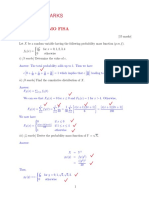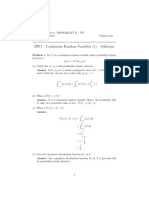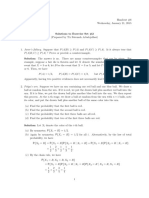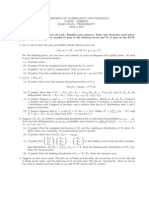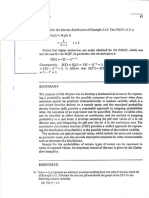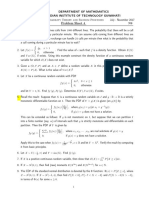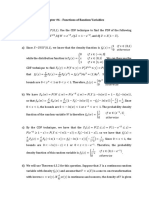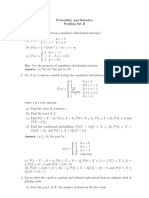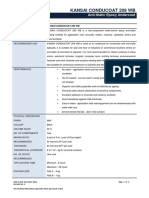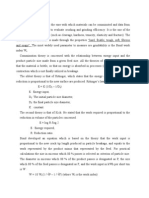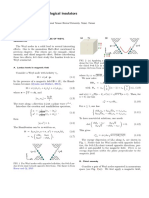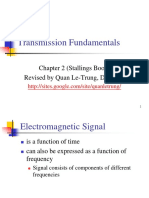0% found this document useful (0 votes)
41 views13 pagesSolution Test2 Summer2021
The document is a test paper for STA256 Probability and Statistics I at the University of Toronto Mississauga, detailing instructions, academic integrity policies, and five questions covering various statistical concepts. Each question requires complete solutions and adherence to academic honesty, especially in a remote learning context. The test accounts for 20% of the final grade and includes topics such as Poisson distribution, geometric distribution, normal distribution, and cumulative distribution functions.
Uploaded by
teasdasdCopyright
© © All Rights Reserved
We take content rights seriously. If you suspect this is your content, claim it here.
Available Formats
Download as PDF, TXT or read online on Scribd
0% found this document useful (0 votes)
41 views13 pagesSolution Test2 Summer2021
The document is a test paper for STA256 Probability and Statistics I at the University of Toronto Mississauga, detailing instructions, academic integrity policies, and five questions covering various statistical concepts. Each question requires complete solutions and adherence to academic honesty, especially in a remote learning context. The test accounts for 20% of the final grade and includes topics such as Poisson distribution, geometric distribution, normal distribution, and cumulative distribution functions.
Uploaded by
teasdasdCopyright
© © All Rights Reserved
We take content rights seriously. If you suspect this is your content, claim it here.
Available Formats
Download as PDF, TXT or read online on Scribd
/ 13






